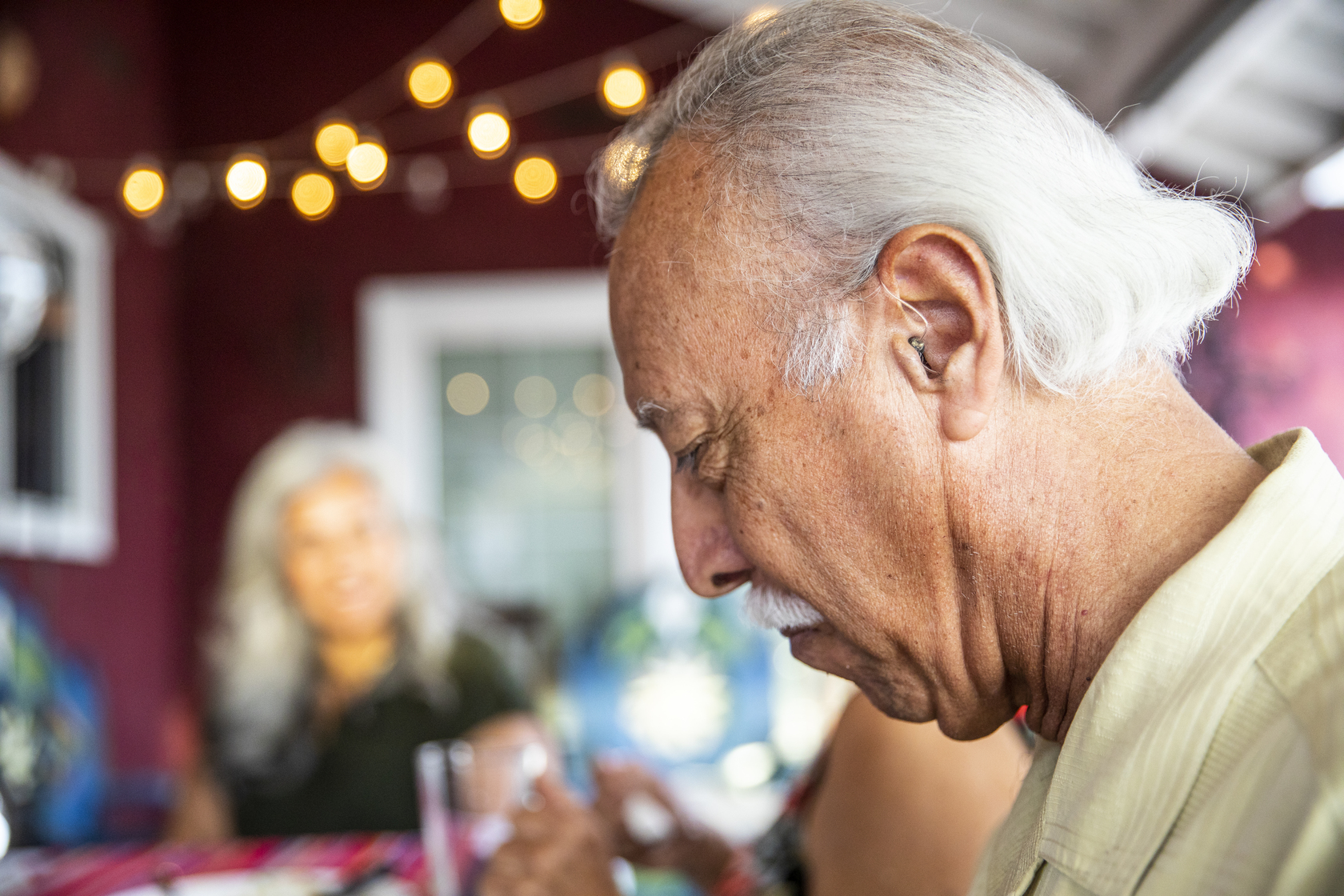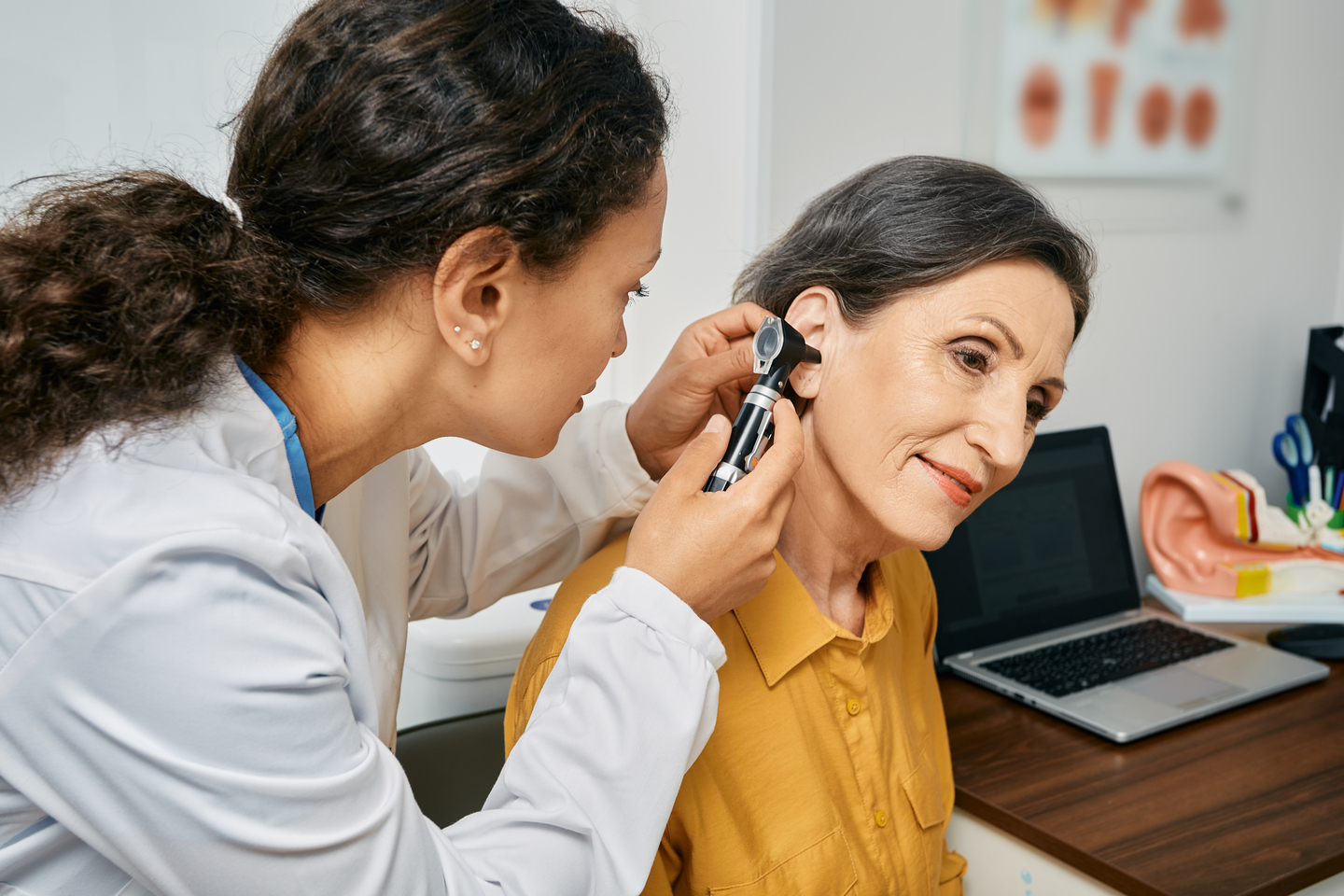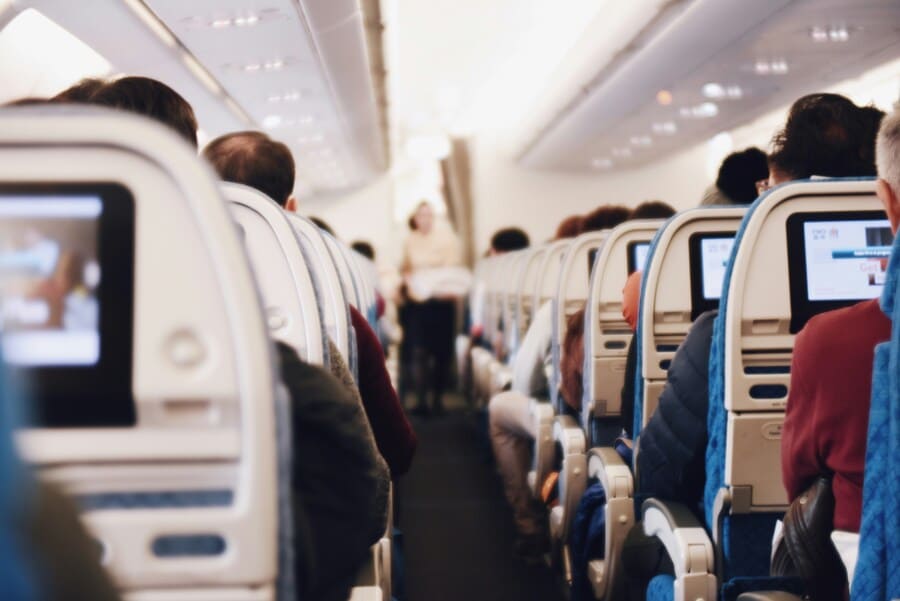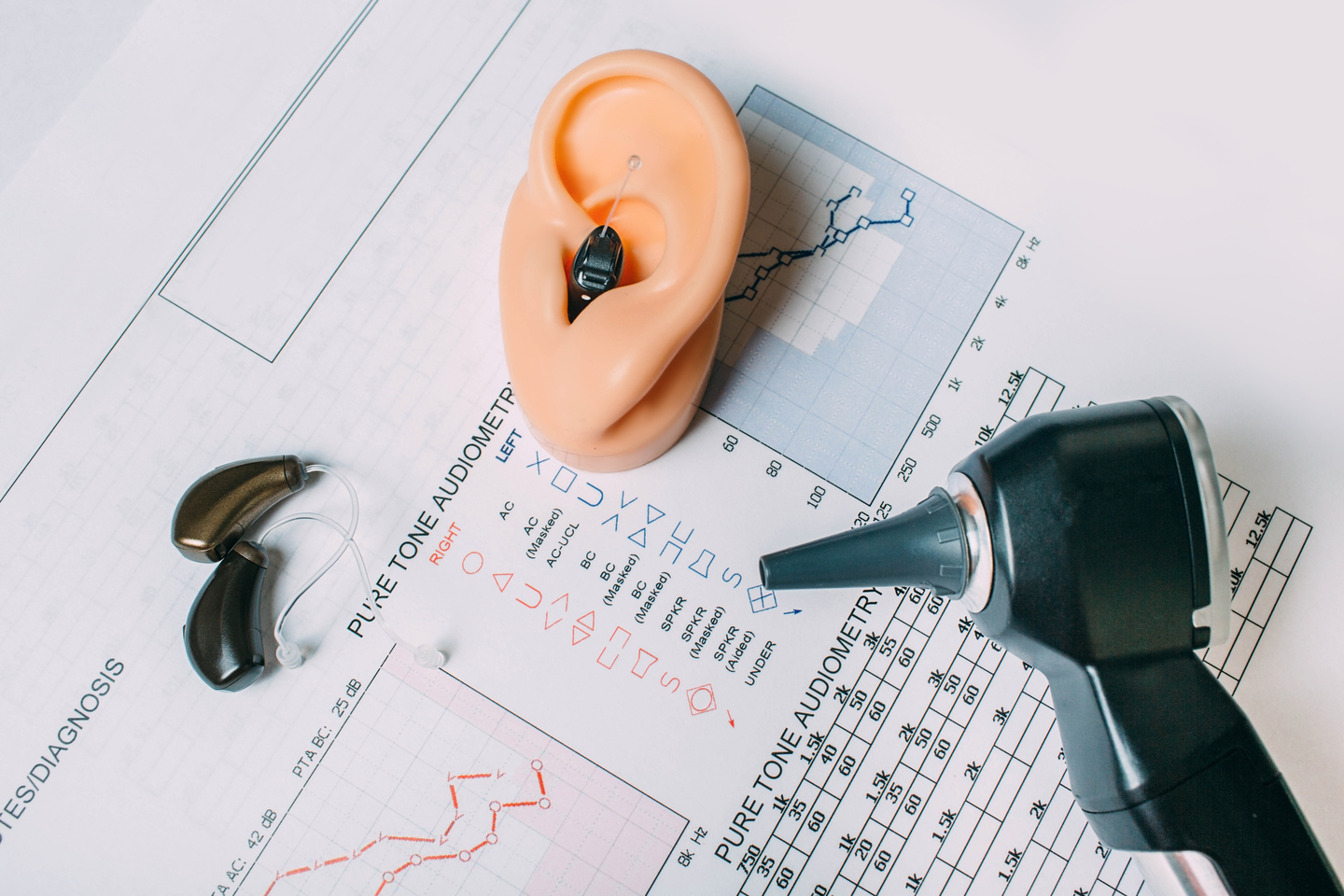Flying With Eustachian Tube Dysfunction (ETD)
Managing ear discomfort while flying
If you suffer from ETD and are planning to fly to Los Angeles for treatment (or planning any general flight), you may need to take special precautions to help prevent any pain or uncomfortable pressure in your ears.
We have found the following treatment to be helpful in preventing pain during your flight:
- Use Afrin Nasal Spray in your nostrils 2 times on each side, one hour before the plane takes off. If your flight is longer than 5 hours, we recommend spraying your nose again 1 hour before landing.
- If you do not have any heart, kidney problems, or hypertension, then you should also take 30 mg of Sudafed, one hour before the plane takes off. If a flight is longer than 8 hours, you may want to take another Sudafed 1 hour before landing.
Both of these medications can be bought over-the-counter in a drugstore or pharmacy.
You should NOT fly if you have an upper respiratory infection.
How do I unblock my ears during the flight?
The act of swallowing activates the muscle that opens the Eustachian Tube (the small tube that leads from the back of your nose, to the inside of the ear), and allows pressure to equalize.
You swallow more often when you chew gum or let a hard candy dissolve in your mouth. These are good practices, especially just before and during descent. Yawning is even more effective than swallowing at equalizing ear pressure.
Try to avoid sleeping during descent; you may not swallow frequently enough while sleeping to keep up with the Eustachian Tube pressure changes.
If yawning and swallowing are not effective, the most forceful way to unblock your ears is as follows:
- Pinch your nostrils shut
- Take a mouthful of air
- Using your cheek and throat muscles, force the air against your nose
- When you hear your ears pop, you have succeeded
- You may have to repeat this several times during descent.
It is important that you not force past pain to unblock your ears in this way. If you are unsure about the amount of pressure to use, it is best to avoid this maneuver until you are instructed further by your otologist.
We hope this helps you with your discomfort and allows for a safe and painless flight. Please feel free to contact us with any questions, concerns, or problems that may arise during your trip.








